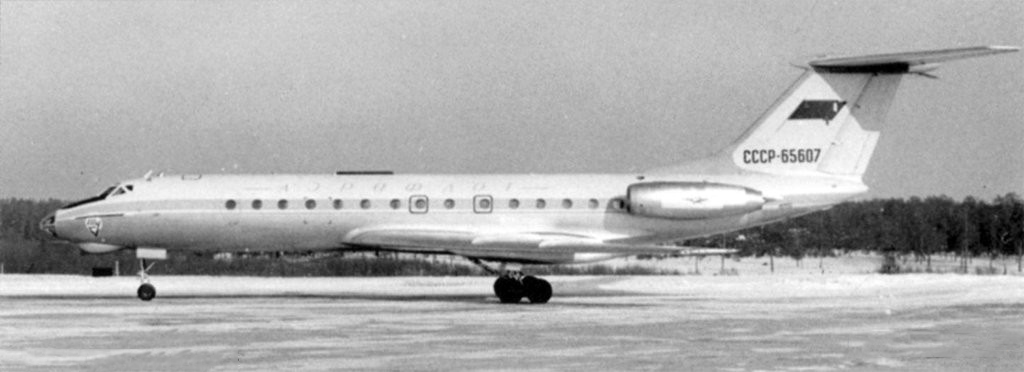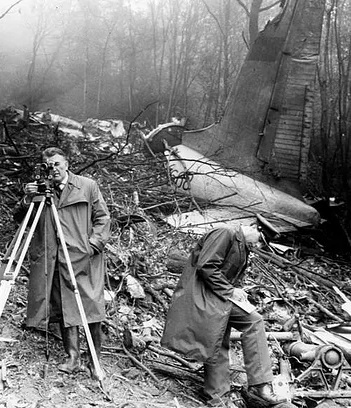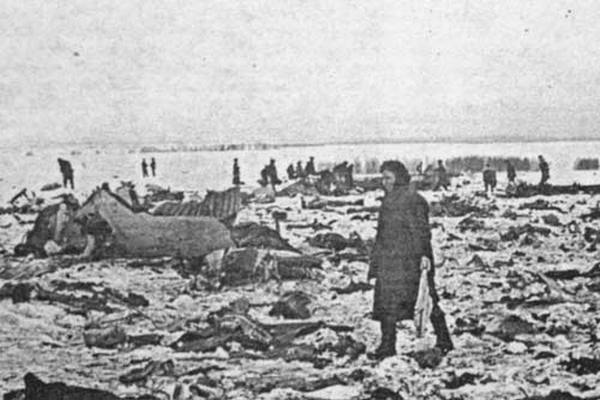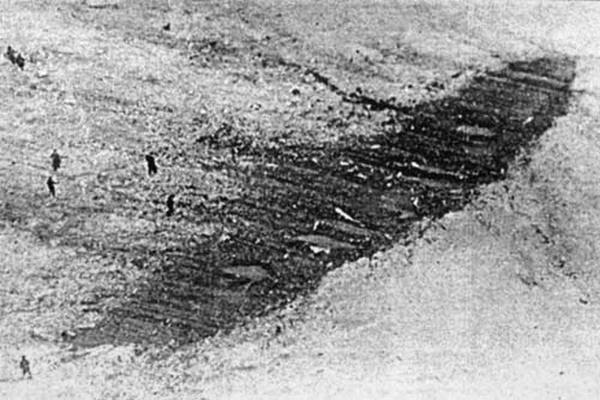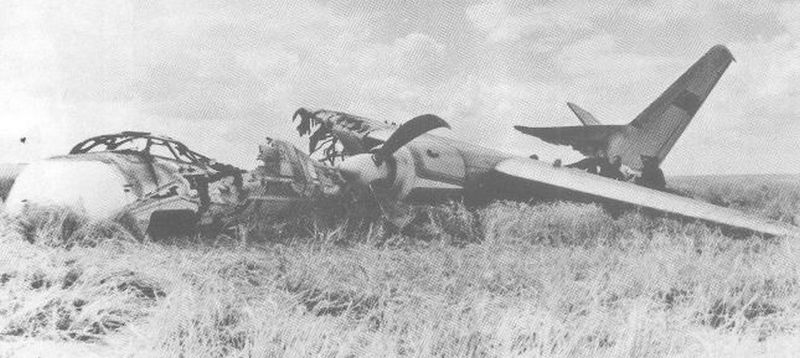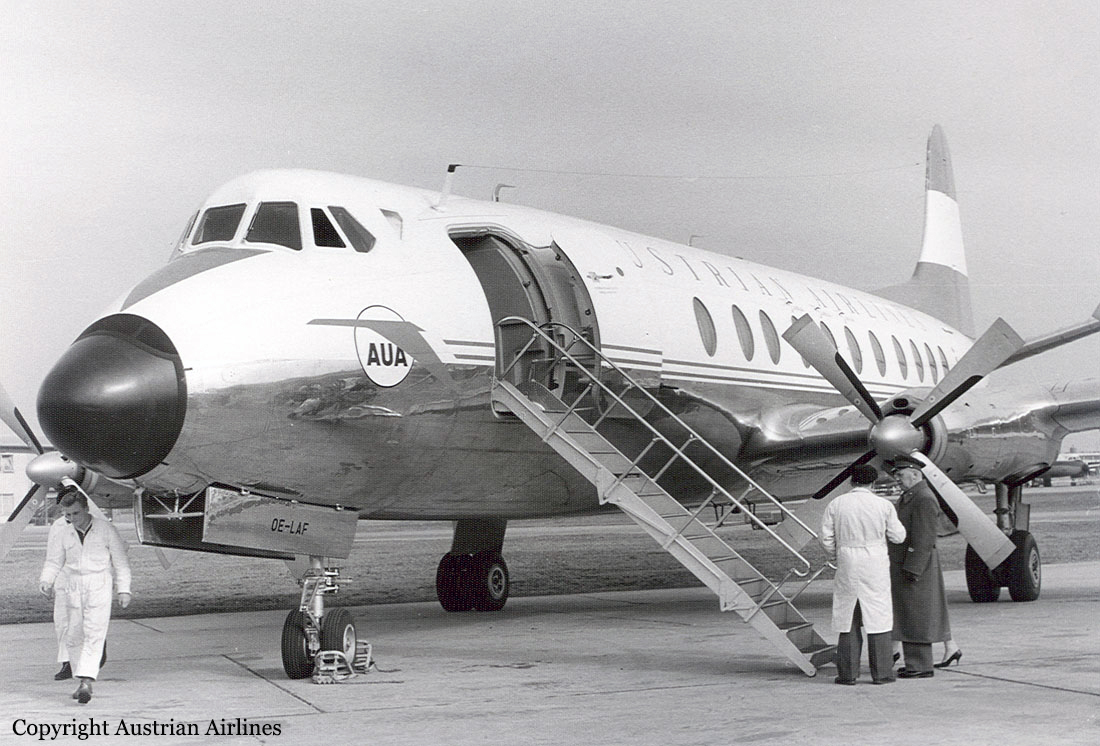Crash of a Tupolev TU-134 into the Ikchinskoye Reservoir
Date & Time:
Jul 17, 1972 at 1827 LT
Registration:
CCCP-65607
Survivors:
Yes
Schedule:
Moscow - Moscow
MSN:
6 35 01 04
YOM:
1966
Crew on board:
5
Crew fatalities:
Pax on board:
0
Pax fatalities:
Other fatalities:
Total fatalities:
0
Circumstances:
The crew departed Moscow-Sheremetyevo Airport on a local test flight in which he had to turn off all generators in order to know the maximum life of batteries. On approach, while completing a turn at an altitude of 400 meters, both engines failed simultaneously. The crew elected to restart the engine but without success so the captain elected to ditch the aircraft into the Ikshinskoye Reservoir (Moscow Canal) located 18 km north of Sheremetyevo Airport. The aircraft was partially submerged but recovered and all five crew members escaped uninjured.
Probable cause:
It was determined that both engines failed because during the test, all electrical systems were out of order. The crew forgot that the fuel transfer system was unserviceable as well and that the fuel should be transferred manually. Such situation forced the crew to ditch the aircraft.
